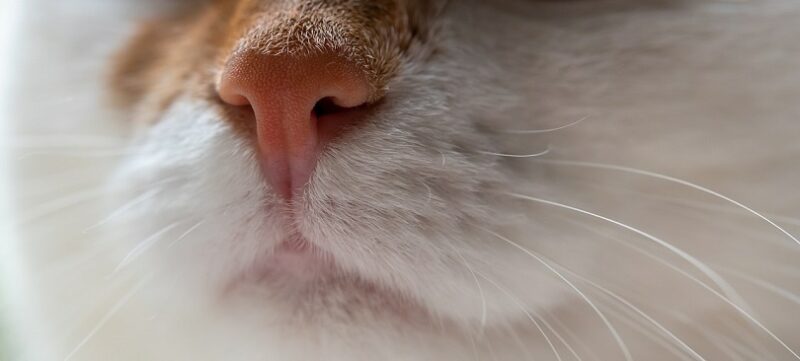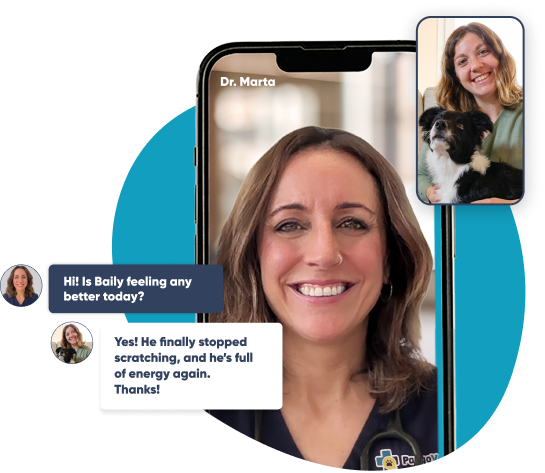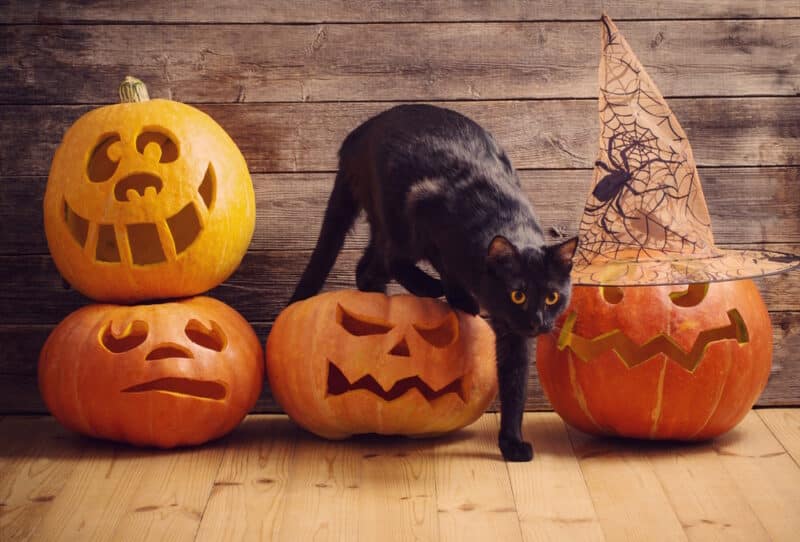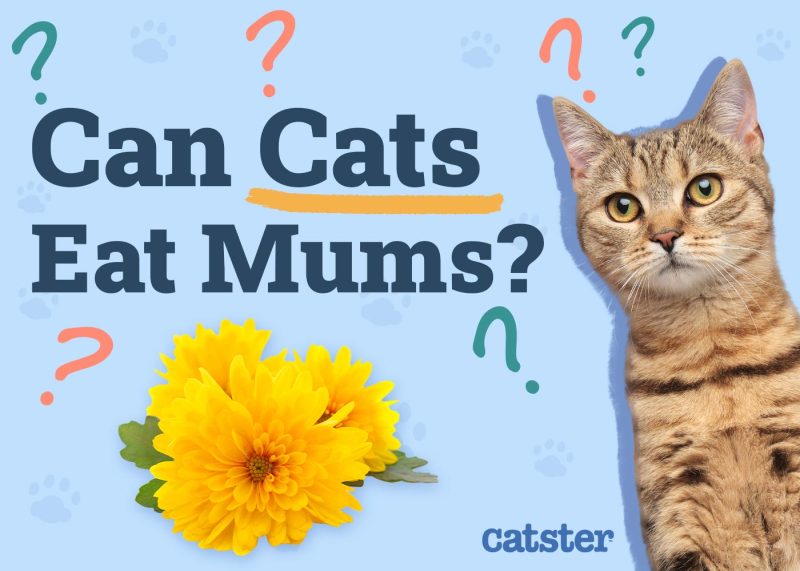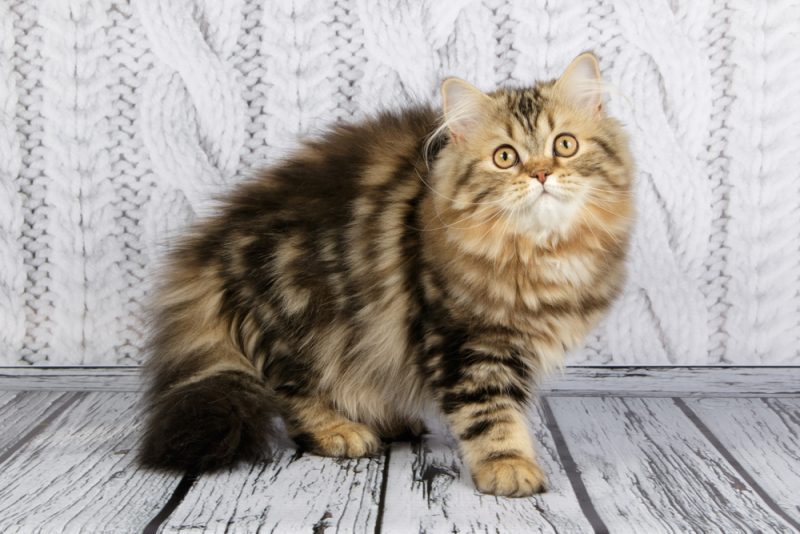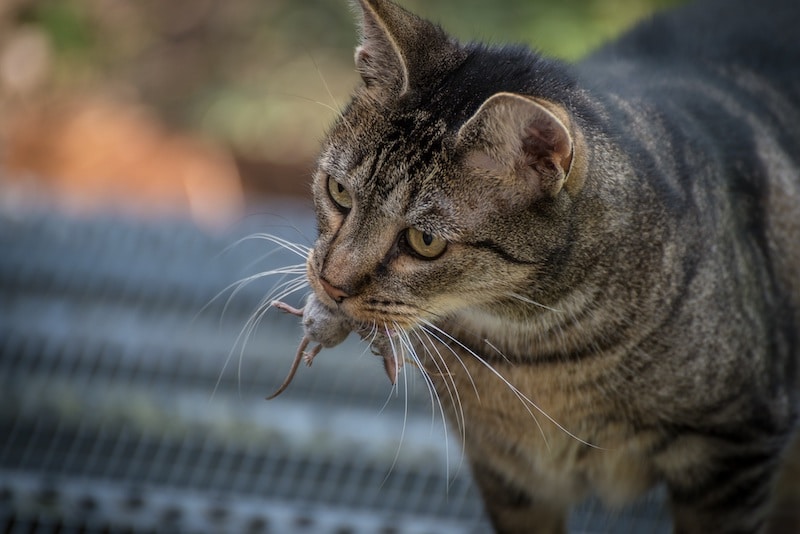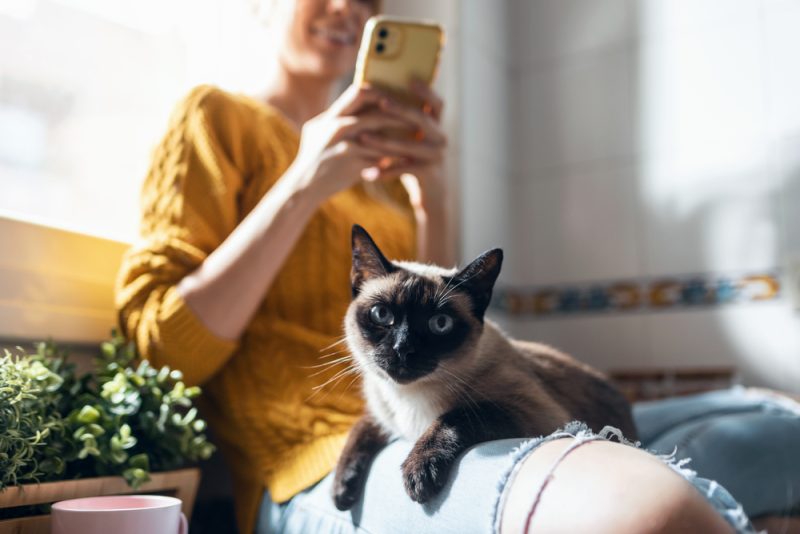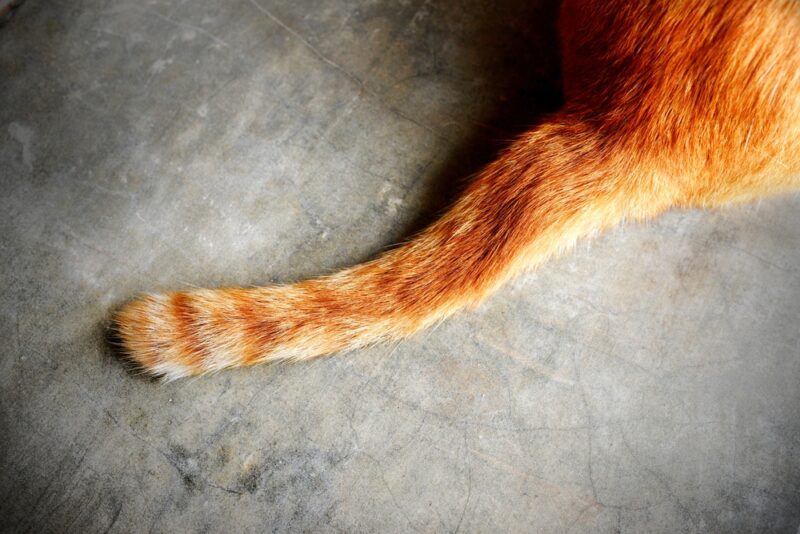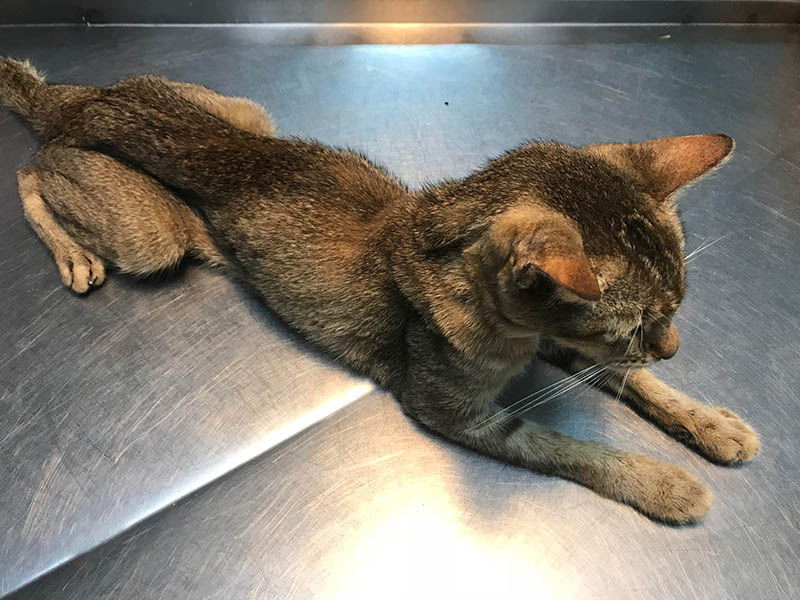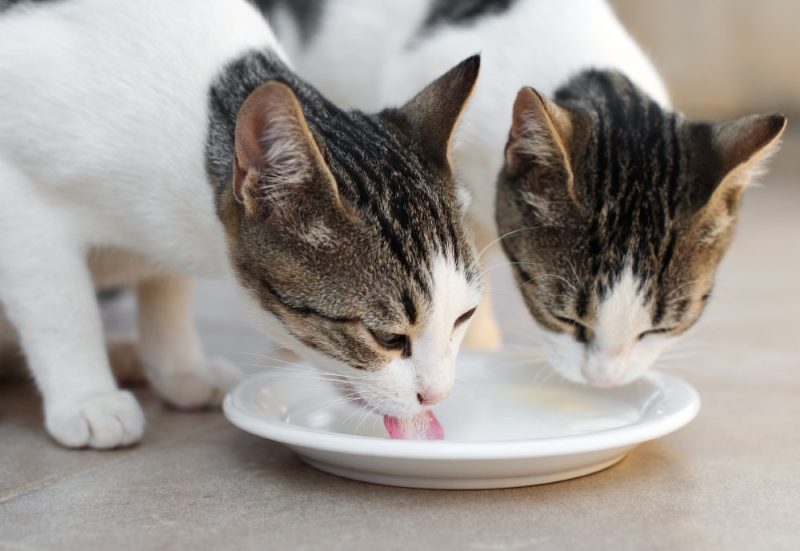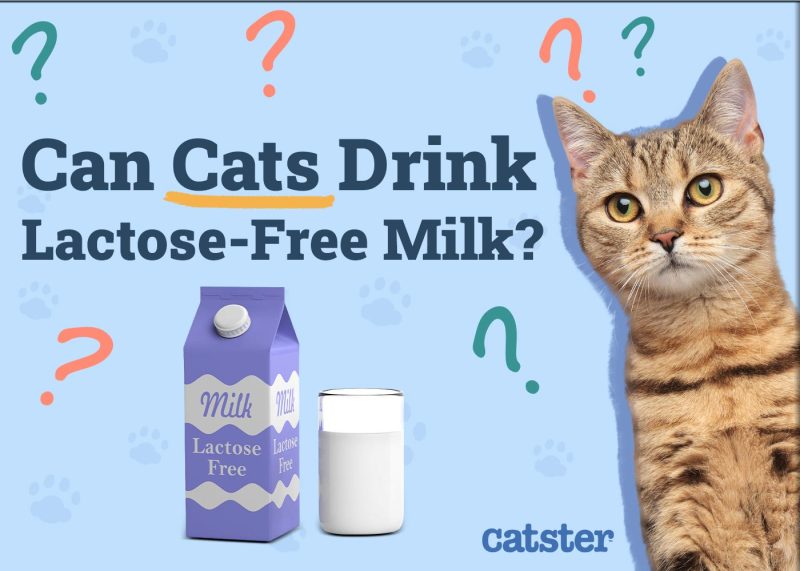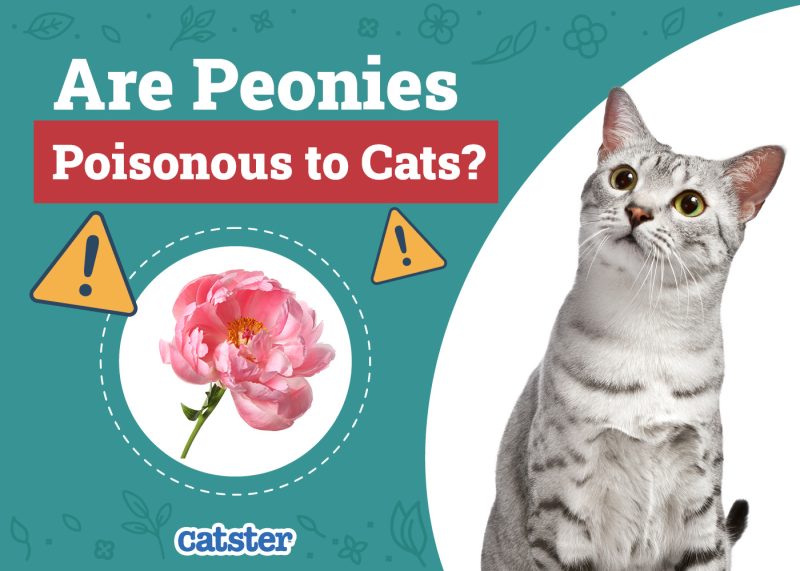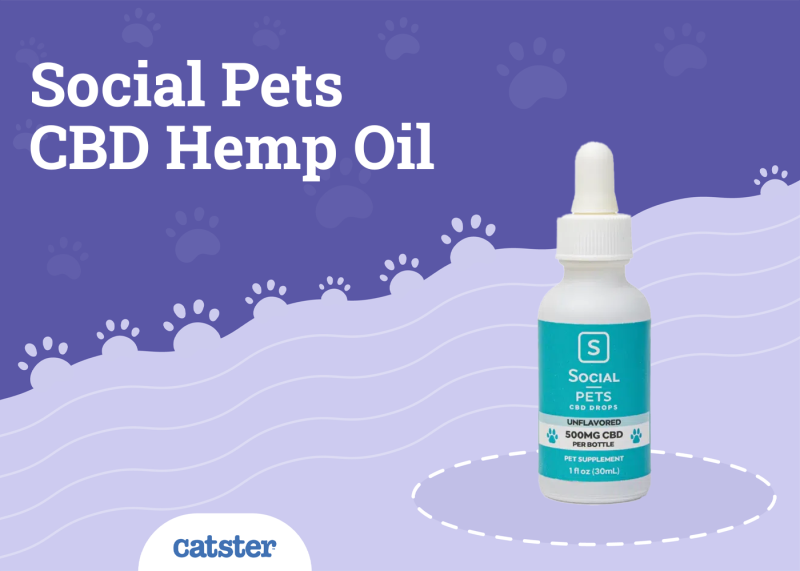If your cat has suddenly started sneezing and has trouble breathing through their nose, you might be a bit worried. Cats end up with sniffles and stuffy noses, technically known as rhinitis, for various reasons, from allergies to colds.
While some issues that often cause sneezing and feline nasal stuffiness aren’t all that serious (such as seasonal allergies), others, like tumors, can be quite serious and require medical intervention and treatment.
If your cat’s breathing difficulties last for more than a few days or their stuffy nose is accompanied by other signs of illness such as lethargy, weight loss, or gastrointestinal problems, take your cat to the veterinarian for a thorough check-up. Read on to learn more about the most common reasons cats have stuffy noses.

The 9 Reasons Why Cats Have a Stuffy Nose
1. Allergies
Cats suffering from allergies often end up with stuffy noses. Cats can be allergic to all sorts of things, including grass, mold, dust, and pollen. Many cats are also sensitive to certain types of insect bites and will end up stuffed up after tangling with the wrong sort of bug. Mosquito bites are a frequent cause of feline allergic reactions, as is litter-related dust.
Cats suffering from allergic reactions often scratch uncontrollably, and many have trouble breathing. Diagnosing feline allergies is notoriously difficult. Speak with your cat’s veterinarian if you suspect your pet may be suffering from allergies.
They’ll work with you to develop a plan to identify the offending substance and ease your cat’s misery until you can determine what’s causing the difficulties.
If you need to speak with a vet but can't get to one, head over to PangoVet. It's an online service where you can talk to a vet online and get the advice you need for your pet — all at an affordable price!

2. Feline Herpes
Feline herpes is a highly contagious virus that cats commonly catch in close proximity to infected felines. Cats can also contract the virus by coming into close contact with virus particles on bedding or their human’s clothing. The virus is found in the saliva and nasal discharge of infected cats.
Because it’s a species-specific virus, humans don’t have to worry about becoming infected even if they’re in close contact with a symptomatic cat. Feline herpes often causes respiratory issues and conjunctivitis. Unfortunately, once a cat is infected with the virus, they remain a lifelong carrier.
While the feline herpes virus often becomes latent, cats can become sick (and infectious) again when under stress or suffering from compromised immunity. Cats actively shedding the virus can continuously transmit it to other cats. The virus can live for up to 18 hours on food bowls, toys, and blankets.
3. Feline Calicivirus
Feline calicivirus is a major cause of feline upper respiratory infections, and it infects both domestic and wild kitties. It’s spread through the saliva of infected cats. The most common symptoms include sneezing, conjunctivitis, coughing, and nasal discharge. Some cats also have ulcers on their tongue, gums, and nose.
These kitties often drool or salivate as oral ulcers can be extremely painful. There are several strains of the virus, one of which often causes lameness and tends to result in more feline fatalities than other types. Cats catch the virus through direct contact with an infected cat, oral secretions, or ocular discharge containing active virus particles.
There’s also some evidence suggesting the virus can spread through poop and pee. The virus can remain on surfaces for up to 30 days and can also spread through human contact.
4. Dental Issues
Cats, like humans, can end up with nasal problems due to dental issues, particularly when the upper teeth or jaw are involved. Untreated periodontitis, abscesses, gingivitis, or any severe type of dental infection can spread to a cat’s nasal passages, causing inflammation, pain, and nasal discharge.
Cats suffering from a dental disease often display other symptoms, such as a reluctance to eat or a strong preference for wet food and other soft options. Some chew with uncharacteristic caution or hold their head awkwardly as they eat. Drooling and bad breath are other common symptoms.
Because of how cats’ metabolism works, it’s vital to ensure your buddy doesn’t go without eating for more than a day or so. So if your cat stops eating and exhibits any other symptoms that suggest dental disease, have a veterinarian take a look as quickly as possible.
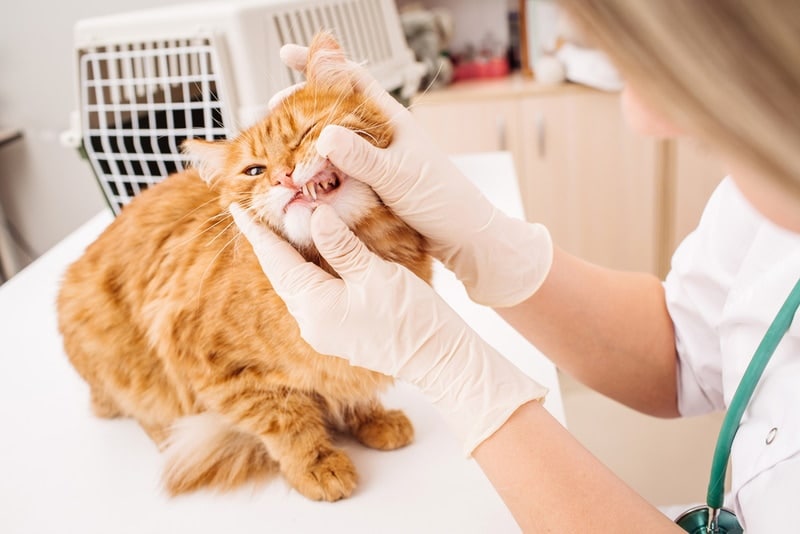
5. Bacterial Infections
Just like humans, cats sometimes end up with nasal infections. These infections frequently follow viral infections that cause nasal swelling and inflammation, creating the perfect environment for bacteria to flourish.
But nasal bacterial infections in cats can also result from the spread of harmful oral bacteria in cats suffering from severe gingivitis or periodontitis. Bacterial infections are typically treated with antibiotics, although your cat’s veterinarian may prescribe anti-inflammatory medication and painkillers to help your cat feel more comfortable.
Cats with bacterial infections often have fevers and aren’t interested in food. Other common symptoms include weight loss and lethargy. Cats with nasal infections often sneeze, cough, and shake their heads.
The presence of a thick nasal and ocular discharge and an unpleasant smell are other signs that your cat may be suffering from a bacterial infection. Timely veterinary treatment is required to limit the infection’s spread.
6. Foreign Objects
Cats often explore the world through smell. Cats’ sense of smell is 14 times stronger than their human friends! When cats encounter new people or animals, the scent is often the first thing they use to gather information.
And when it comes to learning about other animals, cats can learn more about other cats from the pheromones left behind when their fellow felines mark or brush against a person or object. Unfortunately, this tendency to engage with the world through their nose can sometimes result in foreign objects getting stuck in a cat’s nasal passages. Common culprits include grass and pollen.
If you suspect your cat has a foreign object stuck in its nose, don’t try to fix the situation yourself. Make an appointment with your pet’s veterinarian to have the material removed. Depending on the situation, painkillers and antibiotics may be prescribed, and the object may be removed under anesthesia.
7. Inflammatory Polyps
Inflammatory polyps are commonly involved in the cats’ inner ears, middle ears, and eustachian tubes. Polyps are non-cancerous growths that often cause symptoms such as difficulty breathing and external ear inflammation, and they’re surprisingly common in cats.
They’re most commonly found in cats under 2 years old, and their growths are limited to one side of the face. The vast majority of polyps can’t be seen without specialized equipment, so initial diagnosis is usually based on other symptoms, including sneezing, nasal discharge, and nasal stuffiness.
If the growth becomes large enough that the inner ear becomes affected, head shaking and difficulties balancing are often seen. Veterinarians and scientists aren’t sure why polyps occur or what causes them, although there’s some evidence they may be related to inflammation. Veterinarians often use x-rays to diagnose polyps, and surgery is the gold standard for treatment.
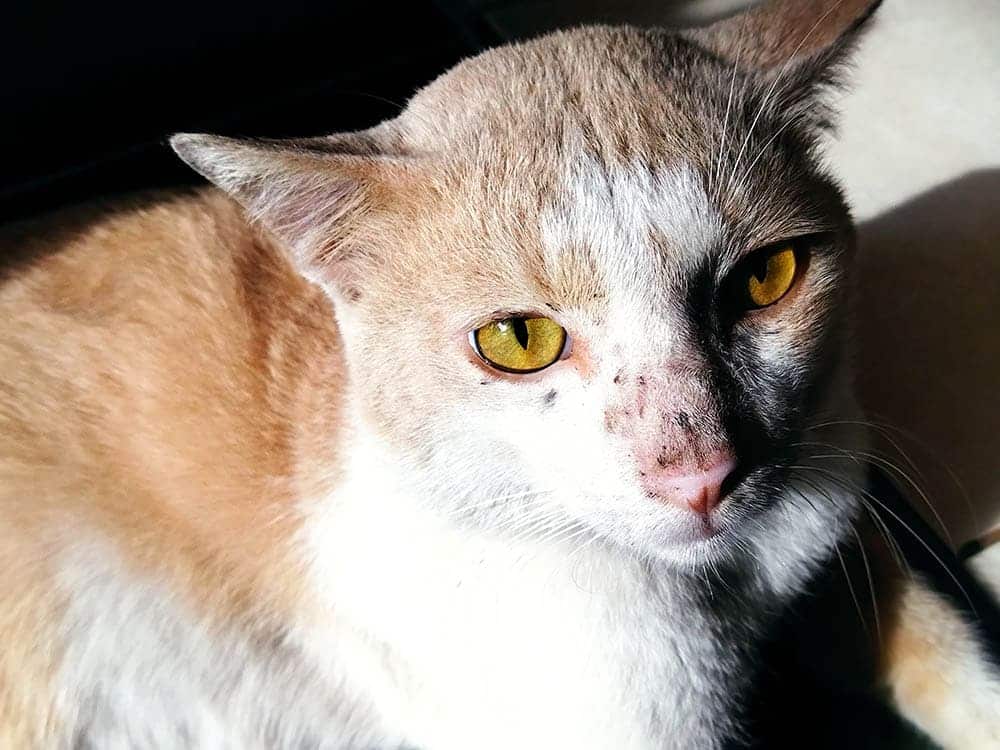
8. Fungal Infections
Fungal infections are another relatively common cause of feline nasal problems, including sneezing and stuffiness. They occur when a cat inhales fungal spores through their nose, and those spores begin to reproduce. Sneezing, coughing, and runny noses are all ways that cats’ bodies usually prevent fungal spores from gaining a foothold.
Once fungal spores proliferate in an animal’s nasal cavity, it becomes tough to contain fungal growth, often leading to systemic disease or severe illness. Several different types of fungi often impact kitties, including Aspergillus, Candida, and Cryptococcus. Cryptococcus spores are commonly found in dried bird feces.
A particularly unpleasant smell and discharge are the most common early signs of feline fungal nasal infections.
If the ball of fungus and mucous develops behind the eye, the cat may start to have bulging eyes and other facial deformities. Antifungal medication is the most common treatment.
9. Cancer
Nasal cancers are relatively uncommon in cats, making up less than 1% of the tumors seen by oncologists. Feline nasal tumors are often seen in cats diagnosed with lymphoma, squamous cell carcinoma, or carcinoma. Most are particularly aggressive and often destroy the surrounding tissues. Some of the most common symptoms of feline nasal tumors include nasal discharge, snoring, stuffiness, and sneezing.
Many cats suffering from nasal tumors rub their faces aggressively with their paws or against the ground. Others experience regular nose bleeds. Changes in facial dimensions are also seen as the tumor grows, distorting the cat’s features. Once the brain becomes involved, seizures are relatively common.
Veterinarians often use blood tests, CT scans, and X-rays during the diagnostic process, and radiation is the most common treatment. Most cats live anywhere from 6–18 months after treatment. Cats with cancer receiving early treatment tend to have the most favorable outcomes.

Final Thoughts
If your cat has the occasional stuffy nose but is otherwise healthy and not exhibiting other signs of illness, there is probably nothing to worry about, as sneezing and stuffy noses are quite common in cats and do not always indicate something serious is going on.
If, on the other hand, your pet loses weight, stops eating, or becomes lethargic, there is a chance your cat might be ill, and a veterinary visit is definitely in order. Regular veterinary visits and vaccinations will help keep your cat in optimal health and decrease the chance that your pet will suffer from easily preventable viral diseases that often cause feline stuffy noses.
Featured Image Credit: birgl, Pixabay
